
If you thought a 4X4 SUV was a prerequisite for heading to Ladakh, you're in for an eye-opener. We drove through some of the most treacherous terrain Ladakh has to offer in nothing but front-wheel-drive cars powered by puny 1.0-litre petrol engines. We were among the select few media personnel participating in Renault's attempt to take their entire product lineup to Umling La, the world's highest motorable road. How did our journey pan out, and did we encounter any challenges that could pose serious issues? Here's a quick recap.
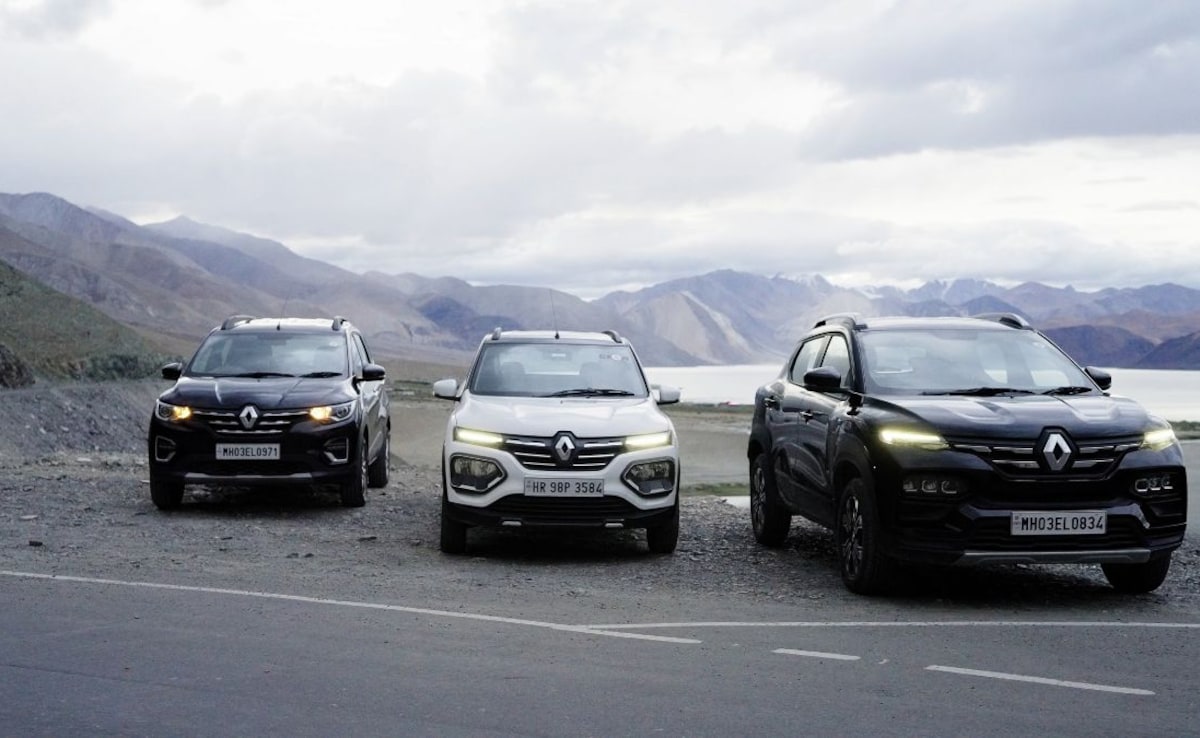
The Cars
The cars participating were the Renault Kwid Climber 1.0-litre, Triber 1.0-litre, and the Kiger with a 1.0-litre turbo engine and a manual gearbox. We were assigned the Kiger, and we were happy to stick with it for the entire journey, which spanned nearly five days across Ladakh. The Kiger, with its 1.0-litre turbo petrol engine, offers 100 hp and 160 Nm of peak torque. The gearbox is a 5-speed manual unit.
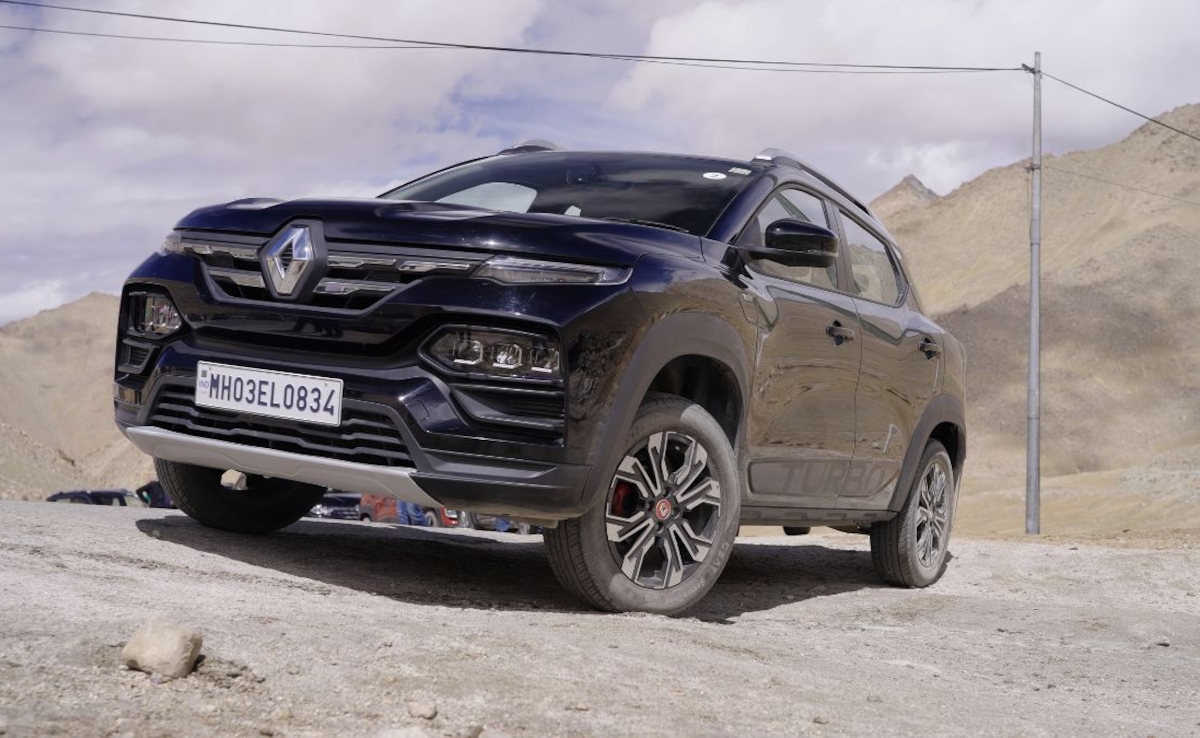
The Drive
We drove the cars in a convoy starting from Leh city toward Pangong via Tangtse, and aside from the inclines and rapid decrease in oxygen level, nothing posed a problem. The beautiful scenery was a constant companion, but you soon get used to it. The climb was not too steep at first, but it was going to become so in the coming days. The roads were smooth, except for patches washed off by running water. However, with 205 mm of ground clearance, the Kiger-and even the Kwid and Triber-managed to clear these crossings without a hiccup. That said, the front-wheel-drive setup was not ideal on gravel-laden inclines. Thankfully, we were all driving manual cars, which gave the drivers complete control over the engine and allowed us to maintain good momentum.
The next day, we left Pangong for Hanle, home to the Indian Astronomical Observatory. There were under-construction roads with gravelly and dusty unpaved patches, which put the car's suspension to the test. I'm happy to report that it didn't jolt us out of our senses and remained quite comfortable for the most part. We made a quick stop at Rezang La War Memorial and soon left for our night stop in Hanle, where we witnessed some of India's best driving roads, with the perfect mix of curves and dips. The Kiger inspired great confidence on these corners, allowing me to overtake the Triber and Kwids ahead of me with ease.
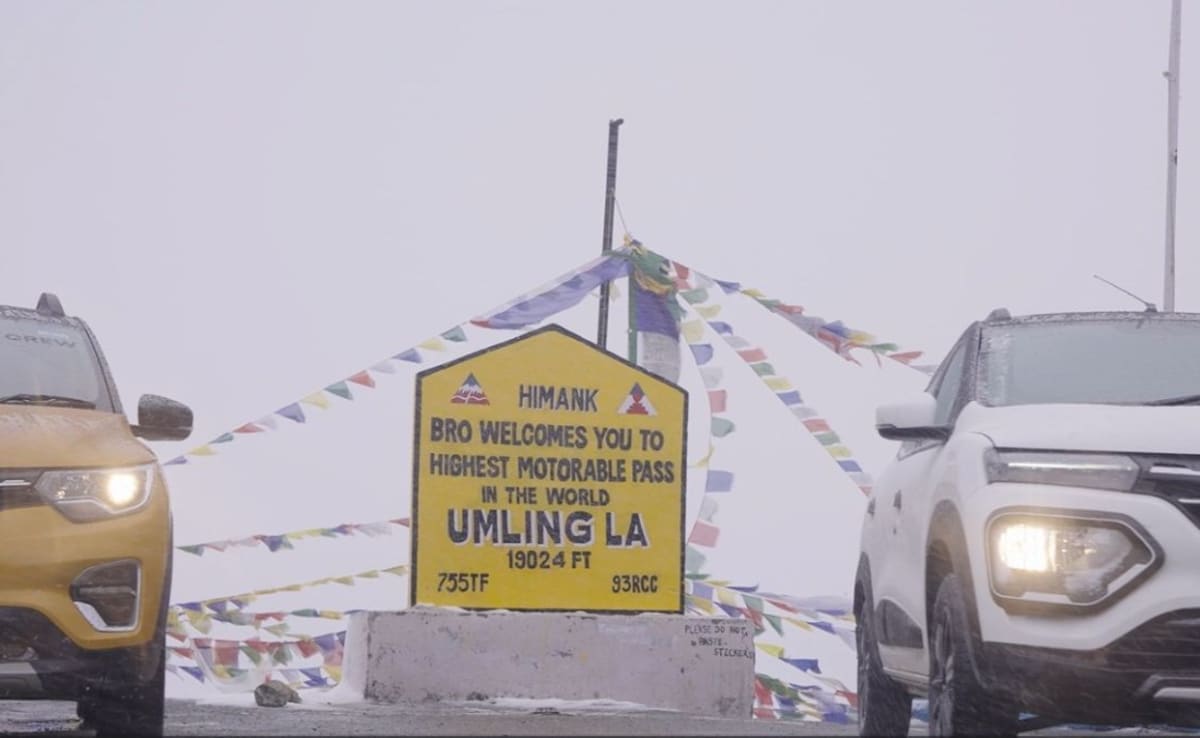
Judgment Day
After a good night's rest, it was time to head to Umling La Pass, located at a height of 19,024 feet. We fueled up the cars and left for the pass, which was about 100 km away and required us to climb 4,260 feet. This time, the climb was steep, and the hairpin bends were much tighter. Building enough power was tricky, as the Kiger has significant turbo lag below 2,200 rpm. This meant we had to keep the momentum high while approaching the bends, which was challenging on the narrow lanes. We mostly stayed in third gear and dropped down to second on the corners to avoid straining the engine in the first gear, preventing it from overheating. I realised that the tachometer is an underrated feature in mass market cars.
As we neared Umling La, it began to snow, making the whole experience surreal. The excitement kept building, and despite the slippery, wet roads, we had enough grip for the speeds we were carrying. At this point, the engine felt out of breath, but we managed to trundle along in the first gear all the way to the top. And yes, it wasn't just our Kiger; even the Kwid and Triber made it to the summit as well.
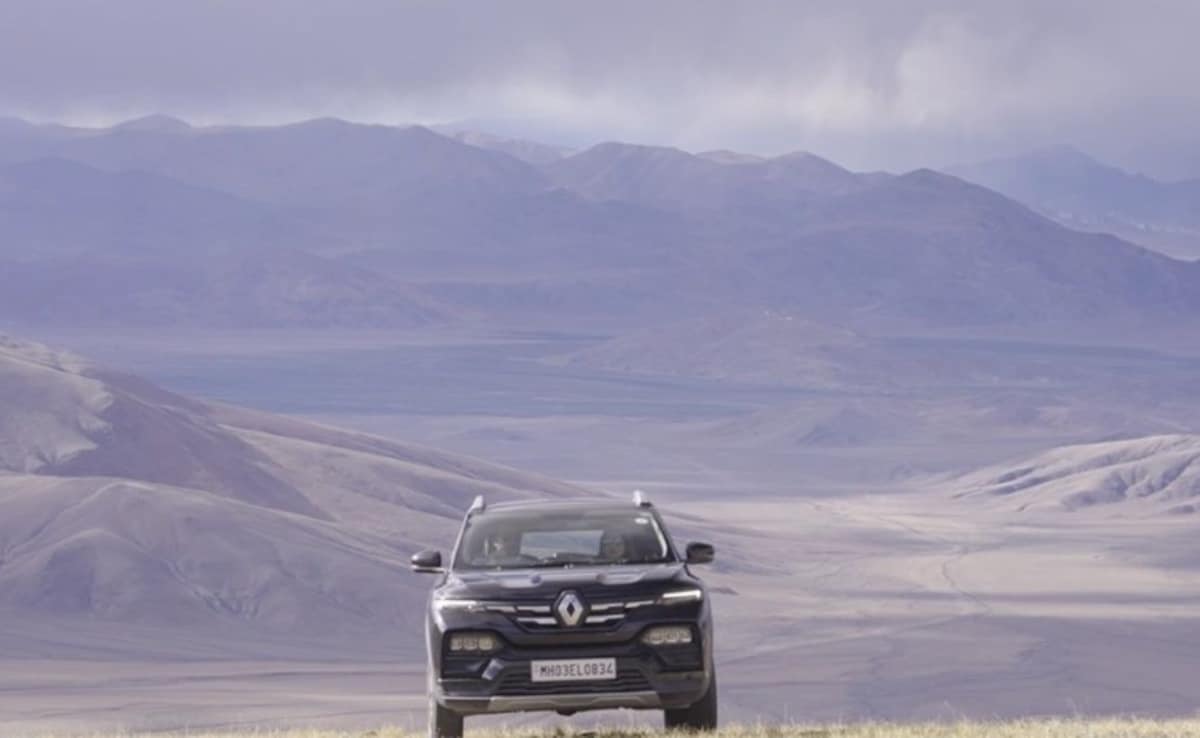
A revelation in this journey was that you don't need a torque-rich, 4X4 to undertake this arduous journey in Ladakh. First of all, the roads in Ladakh are much better than whatever you've heard about them and are getting better by each passing day thanks to the Border Roads Organisation.
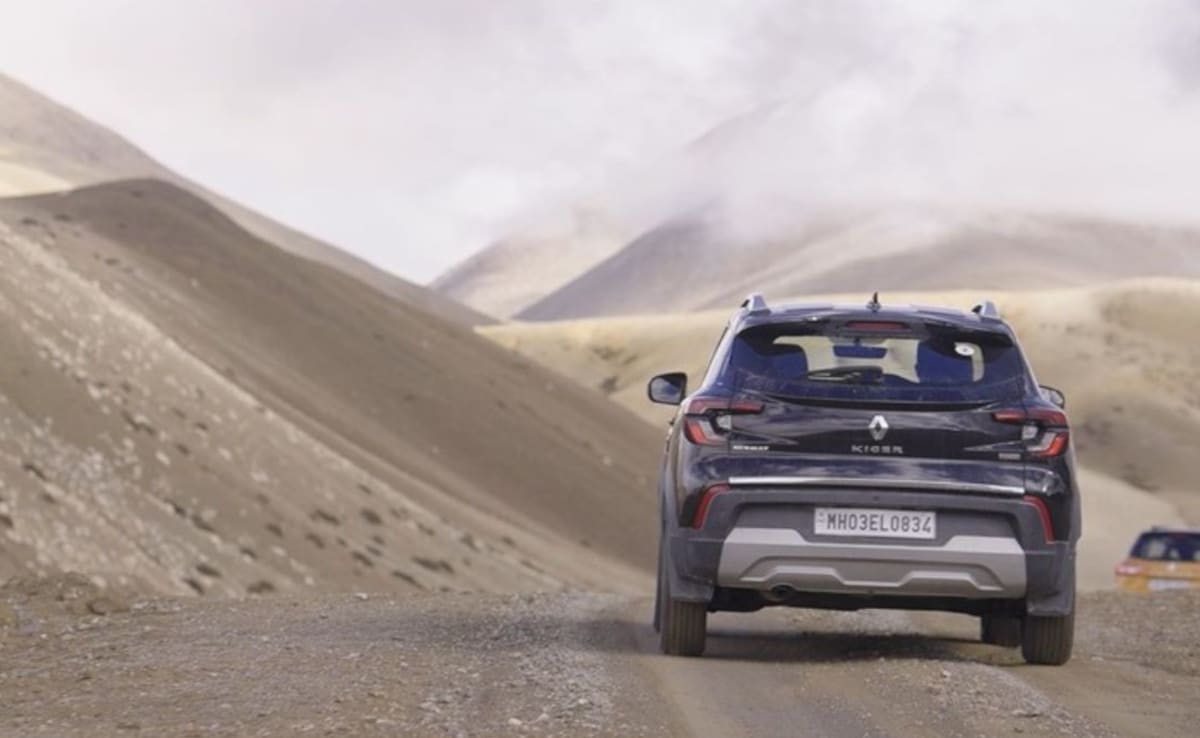
Then these cars might have small capacity engines but all are lightweight and have decent enough ground clearance. Plus, if you are a half decent driver with experience of driving in tricky situations then this can actually be a rich and rewarding experience.
Track Latest News Live on NDTV.com and get news updates from India and around the world
